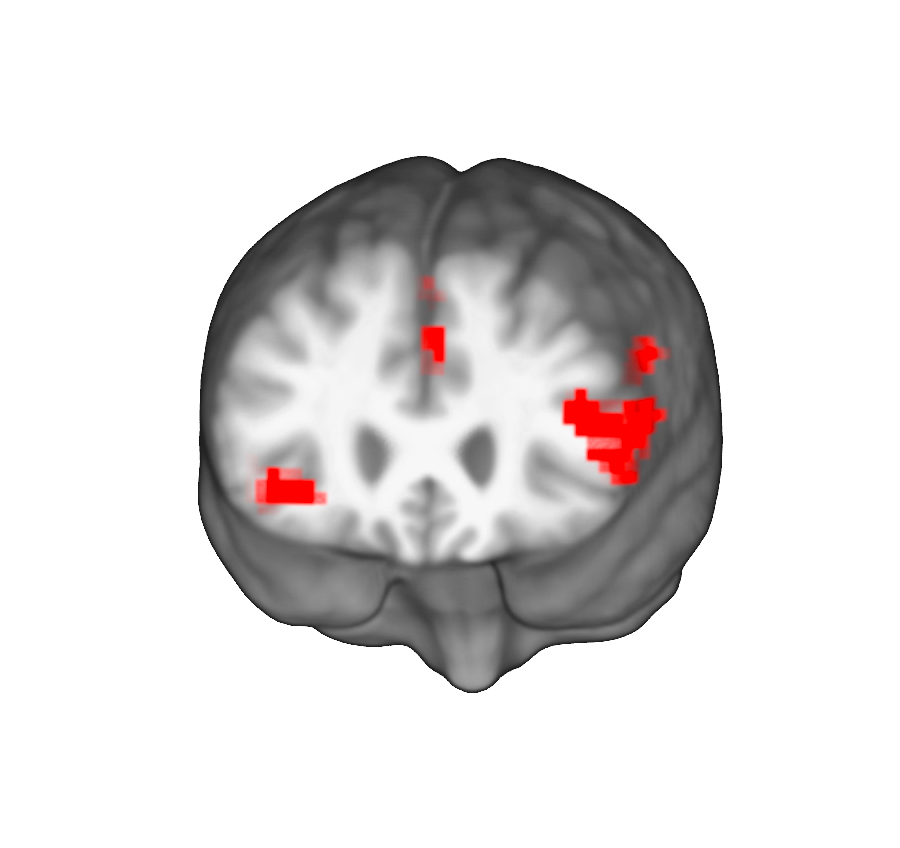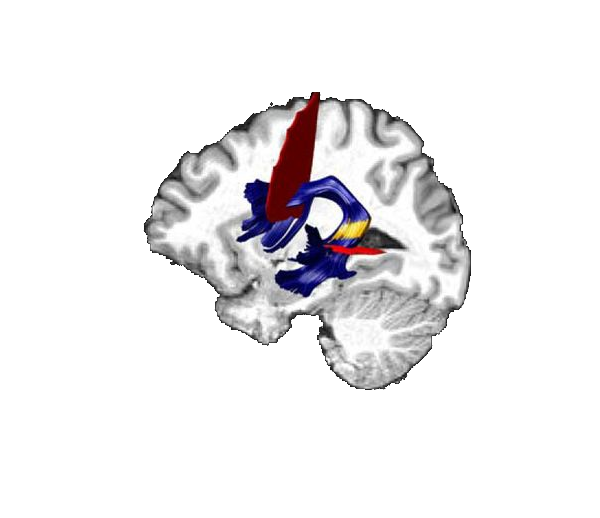-
How to Identify Reading Disability Profiles When There is Missing Behavioral Data

Children with reading disability can demonstrate different behavioral patterns or different reading disability profiles. Characterizing these profiles could be important for understanding the reason(s) for reading disability. Large samples sizes are often necessary for profile studies and for that reason researchers may try to pool data from many different research sites. Unfortunately, there is often…
-
Cognitive Persistence

The motivation to overcome adversity is critical for achieving goals in life. We recently developed a persistence metric to assess the ability to overcome adversity during a cognitive task. This metric is based on Wisconsin Card Sorting Task (WCST) performance. The WCST is typically used to measure whether people can learn new rules and shift…
-
Vocabulary Knowledge is Relatively Resilient to Aging: Due Arcuate Fasciculus Patterning?

Vocabulary knowledge exhibits relatively limited decline with age in comparison to many other cognitive functions. We examined whether this relative resilience to aging could be due to the organization of the arcuate fasciculus, a fiber tract where white matter microstructure predicts reading skill development. We show in the Journal of Neuroscience that arcuate fasciculus morphology…